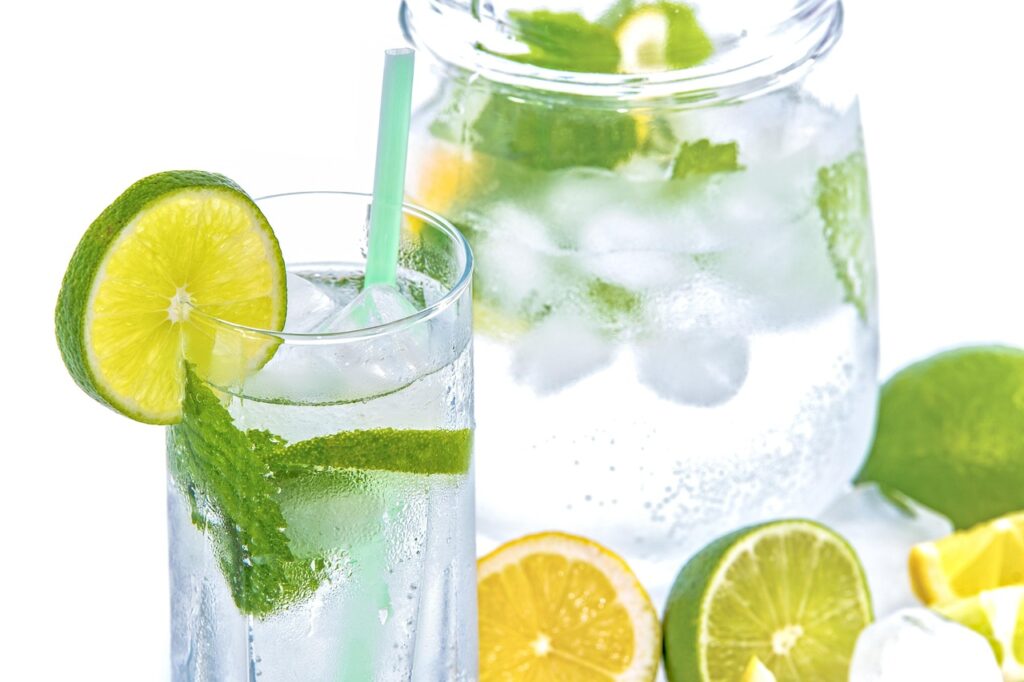Growth collapses in the first quarter of 2023 after the decline in the fourth quarter of 2022. When will Austria’s economy start growing again? Will energy prices continue to rise? And is Europe still competitive? WIFO head Gabriel Felbermayr answers these questions in an interview in the latest newsletter of “Österreich isst informiert” – an initiative of the Austrian food industry. Nestlé CEO Cédric Boehm also talks about dealing with increased raw material prices, the energy crisis and climate-friendly packaging.
As Director of WIFO, Gabriel Felbermayr assumes that Austria will narrowly escape a recession in terms of the overall economy. However, an improvement in the economic situation in terms of the inflation rate and gross domestic product is only slowly in sight. He said there is also a trend toward higher prices in the medium and long term. “When the economy cools down, which is what we are seeing now, commodity prices will also go down again. The biggest peaks are behind us. However, we have to prepare for times of higher volatility,” Felbermayr said. In the future, we will also have to come to terms with higher energy prices.
For companies in the food industry, this means there is still no relief in sight because food production is energy-intensive. In an interview, Austria Managing Director Cédric Boehm explains how increased raw material prices and the energy crisis affect international food manufacturer Nestlé. Another focus is the company’s sustainability measures – for example, programs for coffee farmers in the countries where the coffee is grown.
Austria eats informed” also gets to the bottom of Austrians’ food consumption. Food has not been spared from the general wave of price increases. How do the increased prices affect purchases? Austrians go shopping less often and put fewer products in their shopping baskets. As a result of the rise in food prices, discount and promotional products are in particular demand.
As in the previous year, the focus was on sustainability and food labelling. The most popular topics included best-before dates, nutritional value tables, allergens in food and the correct collection of food packaging. Background information on food consumption in Austria, production costs and the origin of food prices also attracted great interest.
source: heute.at/picture: Bild von Puurchantal auf Pixabay
This post has already been read 949 times!



